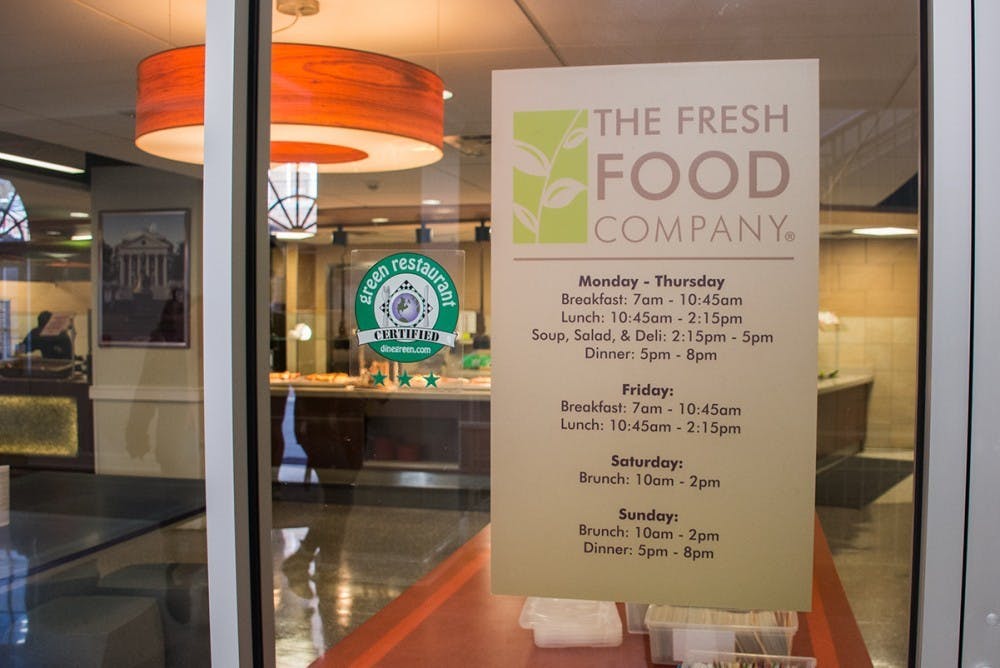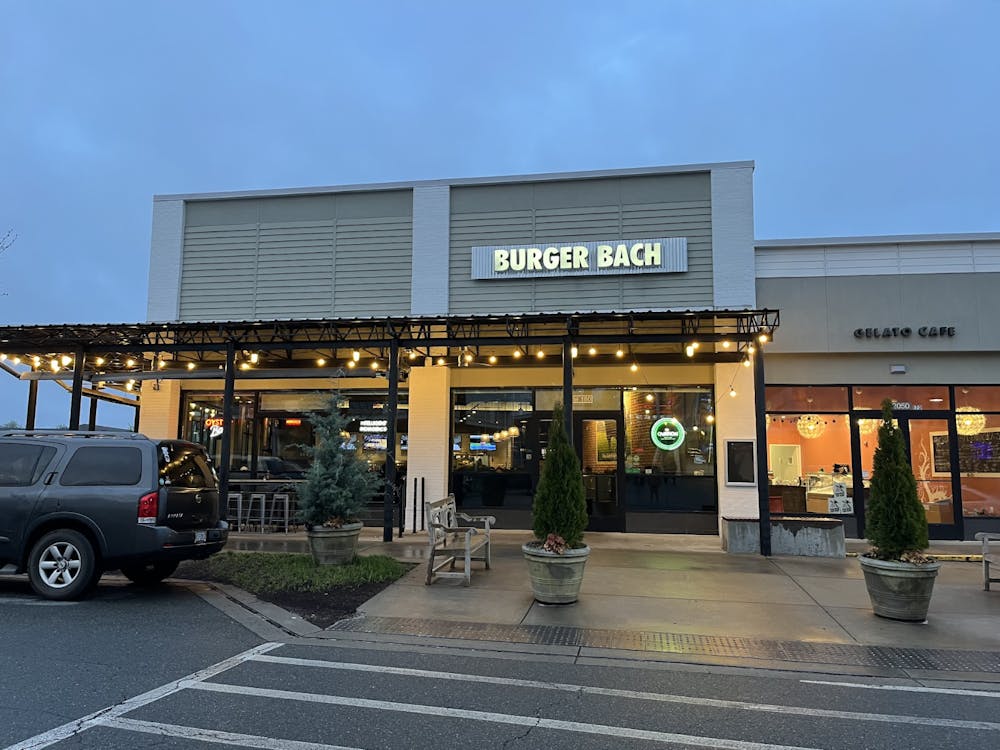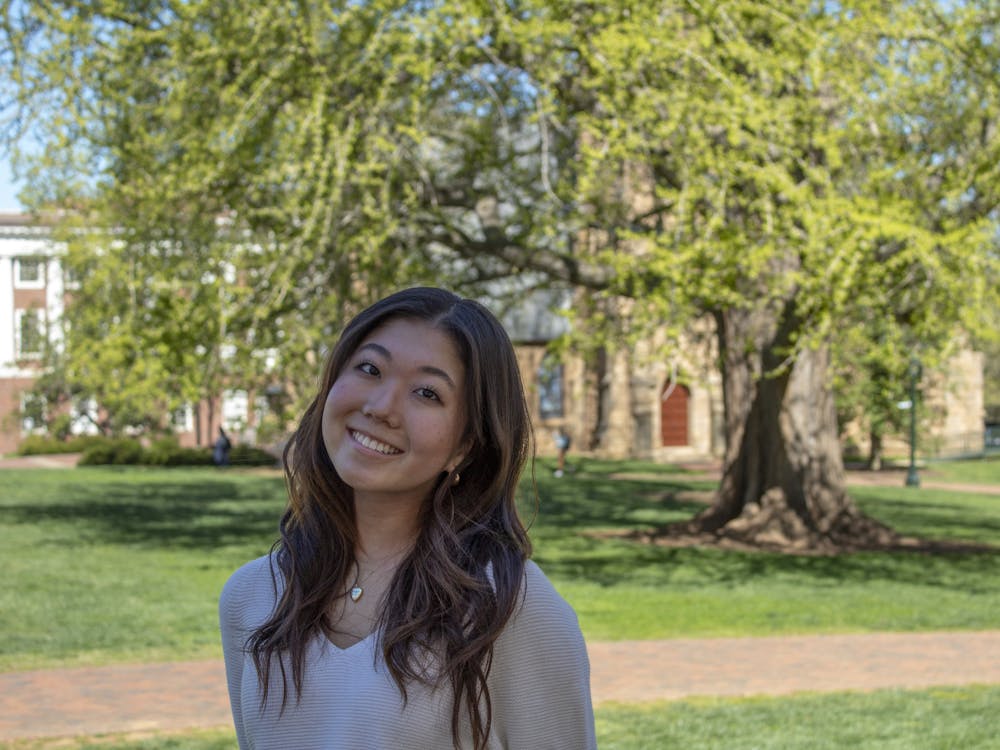Deciding what to serve up in the University's dining halls is more complicated than Miss Kathy choosing which foods would be the most "butt-kicking" for that day. Rather, the University Dining staff — comprised of marketing teams and executive chefs — plan menus far in advance.
The University Dining Marketing Manager Scott Aebersold explains the multi-step procedure.
"This process allows the culinary teams in the locations to develop the menus based on historical preferences, student feedback, seasonal availability and culinary trends," Aebersold said in an email to The Cavalier Daily.
The time of year determines which ingredients will be the most fresh and flavorful. With the arrival of spring, the University Dining will be incorporating strawberries in their menus as they become more locally available. Additionally, University Dining considers the individual resources of each dining hall — such as Runk's wood stone pizza oven and international station, Newcomb's Virginia Local Station and O’Hill's house-made pasta dishes — when creating menus.
"We take a lot of pride in the individuality of our dining rooms,” Aebersold said. “The fact that the menus in each dining room [are] as different as the environment is a very important aspect of U.Va. Dining.”
Although menus are pre-determined, the chefs in each dining hall are given liberty to modify dishes.
"Most of the teams start with dishes that have been historically well received — layer in student feedback and sprinkle on top some creative trends," Aebersold said.
Aebersold said the main determinant of dining hall menus is student feedback.
He encouraged students to reach out to University Dining over social media or email and to talk to any of the dining hall managers in person. There is an online survey website — yourdiningvoice.com — which allows students to rate their meals and provide suggestions.
However, students are not always satisfied with the dining hall options, especially those with dietary restrictions.
First-year College student Dakota DeLong-Maxey cannot eat dairy or gluten and is a vegetarian by choice. As a first-year on a meal plan, she typically eats at the dining halls for breakfast, lunch and dinner. DeLong-Maxey usually eats salads, but she wishes there were better prepared options for those with her eating restrictions.
"You kind of have to be very innovative to get a good meal and most of the dining halls have salads, but sometimes they aren't very good,” DeLong-Maxey said. “There is always food, but the quality of it is questionable.”
DeLong-Maxey recognizes that her eating habits are unique and the dining halls are working to accommodate the diets of all students.
“One of the things that I have liked recently is Newcomb has started doing like a sauté station, and I really like that because it is generally food that is allergen-friendly, and it is pretty good generally,” DeLong-Maxey said. "People have to adapt I guess."
To accommodate students with allergies, the University's Register Dietitian Paula Caravati works closely with a number of students and managers to make sure that students with restrictions can obtain nutritious meals and works with the Food Allergy Research and Education program to educate students about allergies. However, students must schedule appointments and register to utilize such services.
First-year College student Joseph Snitzer also mainly eats at the dining halls for convenience. He was a vegan before coming to the University and switched to being vegetarian by September due to the lack of variety in the vegan options.
"[Making vegan food] is just one more thing for them to do, and I totally understand that," Snitzer said.
For now, he finds it easy to be a vegetarian — his favorite vegetarian dish is the vegetable sandwich in O’Hill — but he would most likely still be vegan if he was not bound to a meal plan.
Both Snitzer and DeLong-Maxey were unaware of the University Dining's platforms for student feedback.
While individual feedback from students may not be as widespread, University Dining works with student groups in creating themed nights. For example, the Latinx Student Alliance teamed up with the University Dining staff to guide them in serving authentic dishes from Latin American countries.
Second-year College student Katarina Naworol Kanayr is a University Student Dining educator, who promotes meal plans and themed dinners by handing out free items and flyers. Naworol Kanayr notices how students are typically very receptive to the themed dinners.
"I think there is usually a higher volume of students,” Naworol Kanayr said. “People are excited because it is different food.”
University Dining attempts to maintain a variety of options each semester, even in their day-to-day meals and claims to gauge student responses based on direct contact or by noticing which plates were sent back to the dish rack uneaten.
"You can add in a creative menu and see it fall flat because you didn't listen to what your guests were asking for, and we develop and select menu items based on student feedback," Aebersold said.





